In the heart of modern China’s bustling urban landscapes, an unexpected cultural revival is taking place. Among the neon lights and digital screens, traditional instruments like the pipa and ruan are finding a new audience. Young people, often perceived as disconnected from historical traditions, are increasingly drawn to these ancient sounds. This resurgence is not merely a nostalgic throwback but a dynamic reinvention—a fusion of heritage and contemporary expression that resonates deeply with today’s youth.
The pipa, a four-stringed lute with a history spanning over two millennia, once accompanied poets and storytellers in imperial courts. Its expressive range—from gentle, flowing melodies to dramatic, percussive bursts—has long captivated listeners. Similarly, the ruan, a moon-shaped plucked instrument, offers a mellow, resonant tone that complements both solo and ensemble performances. For centuries, these instruments symbolized classical refinement, yet in recent decades, they risked fading into obscurity as Western music dominated global airwaves. But now, they are staging a remarkable comeback, fueled by a generation eager to reclaim and redefine their cultural identity.
What drives this renewed interest? At its core, it is a search for authenticity and meaning in an increasingly homogenized world. Young Chinese, raised amid rapid modernization and globalization, are looking back to their roots to forge a sense of individuality. The pipa and ruan represent more than just music; they are vessels of history, art, and philosophy. Learning to play them is an act of cultural rediscovery—a way to connect with the past while navigating the present. Social media platforms like Douyin and Bilibili have amplified this trend, with viral videos showcasing mesmerizing performances that blend traditional techniques with modern genres, from pop and rock to electronic music.
This movement is also deeply intertwined with the broader "guochao" or "national trend" phenomenon, where homegrown brands and cultural symbols gain prominence among youth. Just as fashion designers reimagine hanfu and artisans revive porcelain crafts, musicians are breathing new life into classical instruments. Concerts and festivals dedicated to traditional music now draw sold-out crowds, many of them under thirty. Conservatories report rising enrollment in programs focused on these instruments, while online tutorials make them accessible to amateurs. The stigma that once labeled such pursuits as outdated has given way to pride and curiosity.
Moreover, the aesthetic and emotional appeal of the pipa and ruan cannot be overstated. Their unique timbres offer a refreshing alternative to the ubiquitous sounds of guitars and pianos. The pipa’s ability to evoke everything from tranquil landscapes to epic battles—a quality celebrated in poems like "Pipa Xing" by Bai Juyi—translates powerfully into modern storytelling. Similarly, the ruan’s warm, enveloping sound provides a soothing counterbalance to the frenetic pace of urban life. For many young artists, these instruments are tools for innovation, enabling collaborations across genres and cultures while retaining a distinct Chinese character.
Behind this revival are also pragmatic factors. Government and private initiatives have promoted traditional arts through education grants, competitions, and public performances. Television shows like "National Treasure" and "Everlasting Classics" have glamorized cultural heritage, making it aspirational. Meanwhile, instrument makers are adapting to demand, producing high-quality, affordable pipas and ruans designed for beginners. This ecosystem of support ensures that interest translates into sustained engagement, rather than fleeting fascination.
Yet, the most compelling force is personal. For every young person picking up a pipa or ruan, there is a story of connection—perhaps a childhood memory of a grandparent’s melody, or the thrill of hearing a favorite pop artist incorporate traditional elements. These instruments become mediums for self-expression, community building, and even activism, as musicians use them to comment on social issues or environmental concerns. In this sense, the revival is both deeply intimate and broadly collective, reflecting the complexities of modern Chinese identity.
As the sun sets over Shanghai or Beijing, it’s not uncommon to hear the strains of a pipa drifting from a rooftop gathering or a cozy café. In practice rooms and live streams, fingers dance over strings, weaving ancient motifs into contemporary tapestries. This is no mere revival; it is a renaissance—a testament to the enduring power of culture to adapt, inspire, and unite. The pipa and ruan, once symbols of a bygone era, are now instruments of the future, played by a generation determined to honor the past while forging their own path.

By /Aug 22, 2025

By /Aug 22, 2025

By /Aug 22, 2025
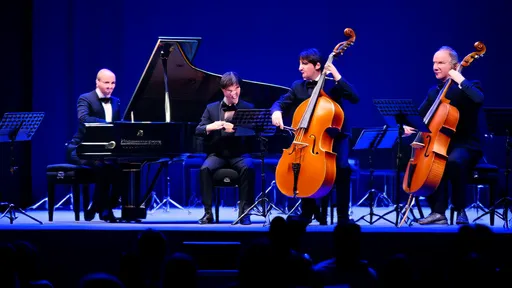
By /Aug 22, 2025

By /Aug 22, 2025
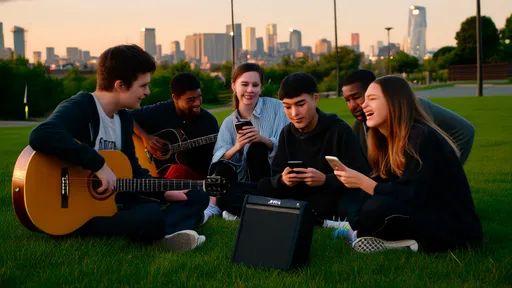
By /Aug 22, 2025
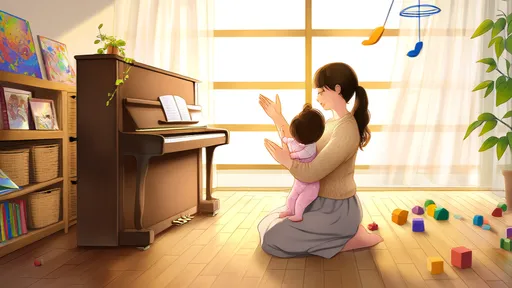
By /Aug 22, 2025

By /Aug 22, 2025

By /Aug 22, 2025

By /Aug 22, 2025

By /Aug 22, 2025
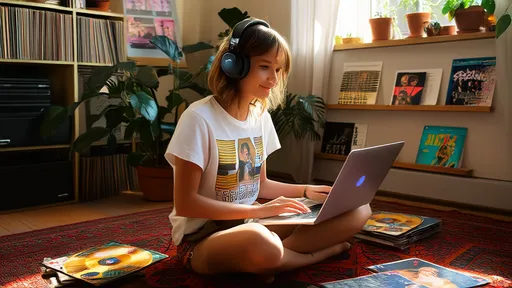
By /Aug 22, 2025
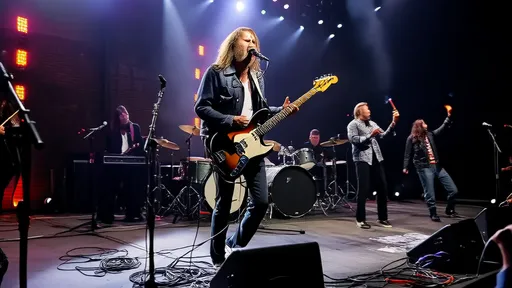
By /Aug 22, 2025
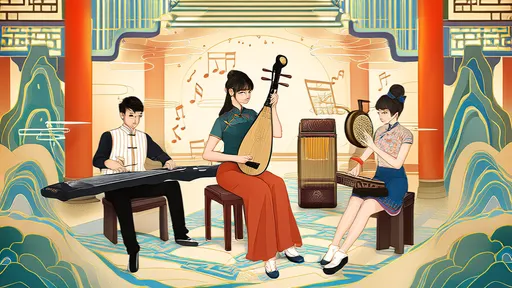
By /Aug 22, 2025
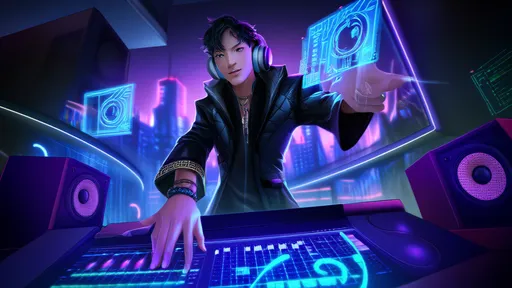
By /Aug 22, 2025
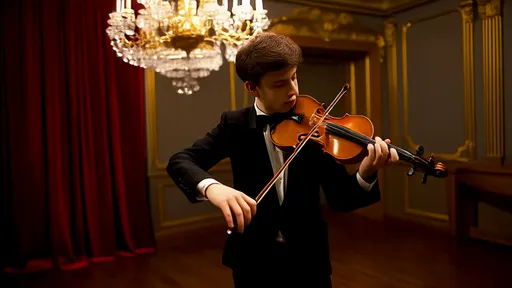
By /Aug 22, 2025
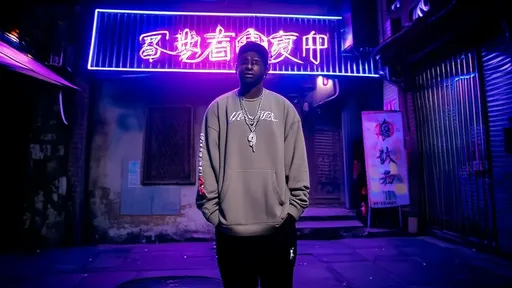
By /Aug 22, 2025
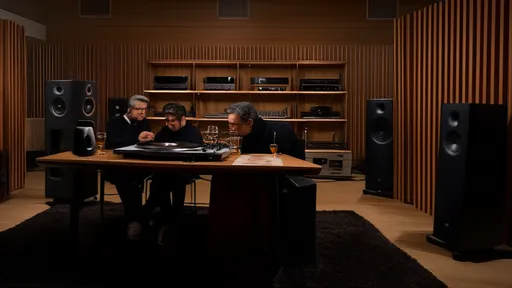
By /Aug 22, 2025
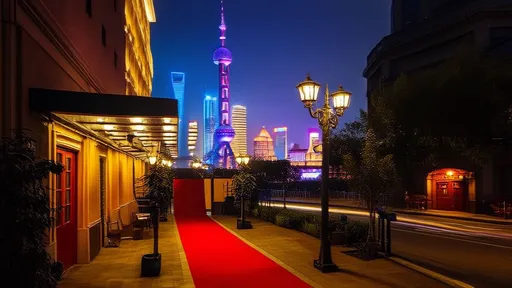
By /Aug 22, 2025
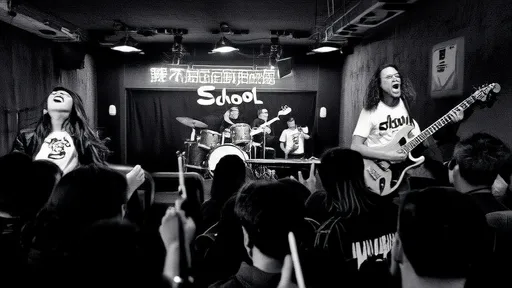
By /Aug 22, 2025